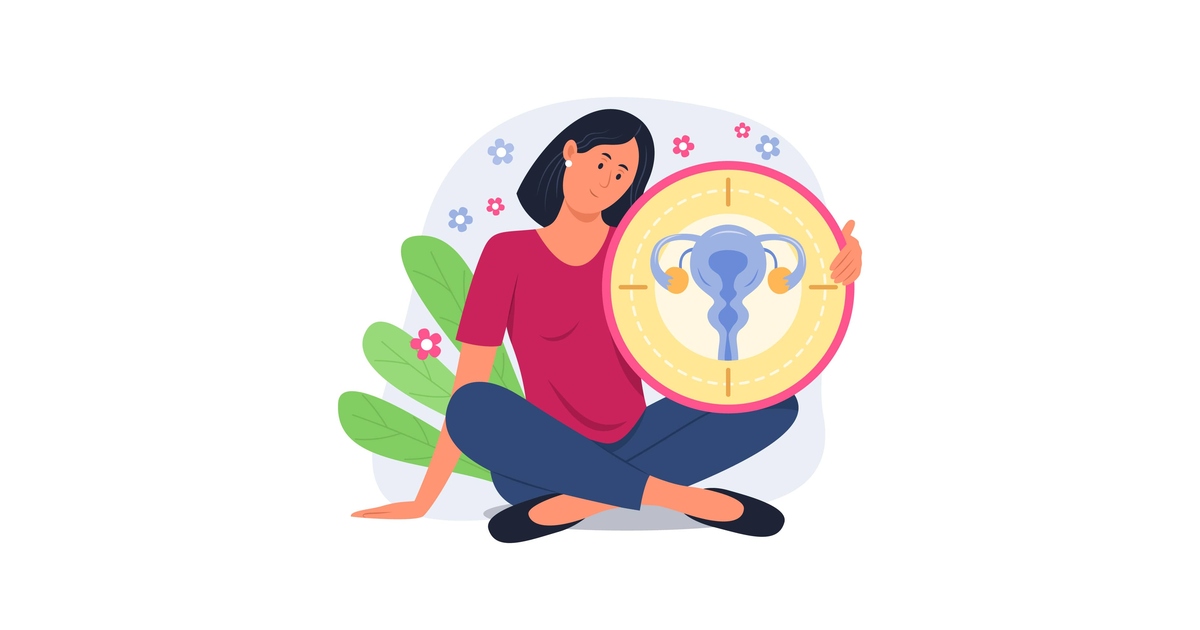Ever wondered what is estrogen and why is so vital for our health? Join us as we delve into the world of this essential hormone and its incredible impact
Infertility or reduced fertility is a prevalent issue in the United States, affecting approximately 20% of women who are unable to conceive after a year of trying, as defined by the Centers for Disease Control and Prevention.
In addition to infertility, women often grapple with reproductive disorders such as irregular or heavy menstrual bleeding, uterine fibroids, endometriosis, and sexually transmitted diseases.
In the context of improving reproductive health, one hormone stands out – estrogen.
What Is Estrogen?
Estrogen, alongside progesterone, represents one of the two hormones secreted by the ovaries. Hormones serve as chemical messengers in the body, traveling through the bloodstream to trigger specific functions.
Estrogen, sometimes referred to as ovarian estrogen, begins secretion around the onset of puberty and continues throughout a woman’s reproductive life, from puberty to menopause.
Cynthia Stuenkel, MD, a clinical professor of medicine at UC San Diego School of Medicine, explains that estrogen’s monthly cycling, in conjunction with progesterone, prepares the uterine lining for potential pregnancy in the event of egg fertilization.
This rhythmic hormonal secretion and monthly bleeding become familiar to most women.
Estrogen is not solely confined to the ovaries; it is also produced in a woman’s adrenal glands and fat tissue. Men, although in smaller quantities, also possess estrogen. In males, this hormone is produced in the testes, fat cells, and adrenal glands.
Functions of Estrogen
Beyond its crucial roles in reproductive health and menstrual cycle regulation, estrogen exerts influence over various bodily systems and tissues, including the female urinary tract, reproductive tract, bones, breasts, skin, hair, mucous membranes, pelvic muscles, and the brain, according to Johns Hopkins Medicine.
Furthermore, estrogen offers protective benefits, such as reducing the risk of cardiovascular disease before menopause and abdominal obesity. During perimenopause, which precedes full menopause, estrogen helps alleviate vasomotor and genitourinary symptoms.
In men, estrogen contributes to sexual development, bolsters bone strength and muscle mass, and supports a healthy metabolism.
Consequences of Low Estrogen Levels
Given its multifaceted roles, maintaining healthy estrogen levels is crucial for overall well-being in both men and women.
Low estrogen levels can adversely affect libido, cholesterol levels, metabolism, brain function, bone health, and skin health. Preventing a decline in estrogen production starts with dietary choices, as nutrition significantly impacts hormone balance.
Reducing the consumption of sugary foods and increasing fiber-rich foods can help in this regard. Stress management practices, such as mindfulness meditation and exercise, are also beneficial, as high stress levels are linked to hormonal imbalances.
Quality and quantity of sleep play an essential role in maintaining hormonal equilibrium. In cases where estrogen levels drop too low, medical professionals may recommend estrogen supplementation or therapy.
Conclusion
Estrogen, a fundamental hormone in the human body, plays a pivotal role in reproductive health and extends its influence over various physiological systems.
Maintaining balanced estrogen levels through proper nutrition, stress management, and sleep is essential for overall well-being. Understanding the significance of estrogen sheds light on its critical role in addressing issues related to fertility and reproductive health.








Leave a Reply
You must be logged in to post a comment.